How Was Lord Shiva Born?
Can that which has no beginning ever be born?
This is the paradox that surrounds Lord Shiva. The eternal, the unmanifest, the formless source of all. In a universe where everything has a start and an end, Shiva alone is described as the Swayambhu, the self-born. He did not emerge from any womb, nor was He created by any divine being. He simply is, timeless, unborn, unending.
Unlike other deities who descend as avatars or emerge through cosmic acts, Lord Shiva’s “birth” is a mystery wrapped in symbols, scriptures, and silence. Some Puranas describe Him appearing as an infinite pillar of light. Others speak of His emergence from Brahma’s forehead as Rudra. In yogic traditions, He is revered as the Adiyogi, the first one to attain enlightenment and the first to transmit it.
But these are not contradictions. They are layers of a deeper truth. This article explores the various dimensions of Shiva’s origin, mythological, philosophical, and symbolic; to understand what it truly means to ask: How was Lord Shiva born?
Who is Lord Shiva?
Lord Shiva, revered as the Supreme Being in Shaivism, embodies the paradoxes of existence. He is the ascetic yogi meditating in the Himalayas and the householder with Parvati and their children, Ganesha and Kartikeya. He is the destroyer of evil and the compassionate benefactor of devotees.
In the Hindu trinity, Shiva represents the force of destruction, not as an end, but as a necessary precursor to regeneration. His attributes, the third eye symbolizing higher perception, the crescent moon denoting time cycles, the river Ganga flowing from his matted hair representing purification, and the trident signifying the three fundamental aspects of consciousness, collectively portray a deity who transcends dualities and embodies the totality of existence.
Shiva's essence is deeply rooted in the concept of the 'Swayambhu,' meaning self-born or self-manifested. This notion underscores the idea that Shiva is beyond birth and death, existing eternally without origin or end. He is often associated with the 'Adi Anadi,' the one who is without beginning or end.
From a spiritual perspective, Shiva represents the unchanging reality amidst the ever-changing universe. He is the consciousness that remains constant, the observer of all that transpires. In yogic traditions, Shiva is revered as the Adiyogi, the first yogi, who imparted the knowledge of yoga to the Saptarishis, laying the foundation for spiritual practices aimed at self-realization.
Philosophical and Spiritual Significance
Lord Shiva embodies the profound paradox of being both the unmanifest absolute and the manifest cosmic force. In the Rudraksha Jabala Upanishad, it's described that after intense meditation, Shiva's tears fell upon the earth, giving rise to the Rudraksha trees. These beads symbolize the transformation of divine compassion into tangible form, serving as tools for spiritual elevation.
The term 'Rudraksha' itself is derived from 'Rudra' (Shiva) and 'Aksha' (eye), signifying the tears of Rudra. This etymology underscores the belief that Rudraksha beads are not mere botanical artifacts but are imbued with Shiva's essence, acting as conduits for his energy and blessings.
Philosophically, Shiva is often associated with the concept of 'Swayambhu,' meaning self-born or self-manifested. This denotes his transcendence over the cycle of birth and death, positioning him as the eternal consciousness that pervades all existence. In yogic traditions, Shiva is revered as the Adiyogi, the first yogi, who imparted the knowledge of yoga to the Saptarishis, laying the foundation for spiritual practices aimed at self-realization.
Spiritually, engaging with Shiva through meditation, mantra chanting, and the wearing of Rudraksha beads is believed to facilitate the awakening of inner consciousness, leading devotees towards liberation (moksha). The Rudraksha beads, in particular, are considered to have protective and healing properties, aiding in the alignment of the mind, body, and spirit.
What Shiva’s Appearance Reveals
Lord Shiva does not speak much in scriptures. He teaches through His silence, His stillness, and most strikingly, His form. Every detail of His appearance is a message. Each symbol He carries is a verse from an unwritten scripture. To look upon Shiva is to look upon a living philosophy, a portrait of cosmic truth.
The Ash on His Body
Shiva is always smeared in sacred ash, or vibhuti. This is not ordinary ash, but the residue of everything destroyed. The ego, desire, illusion, and the physical body itself. It reminds us that all things born of matter must return to ash. In wearing it, Shiva teaches the ultimate detachment: what you cling to will burn; what you are will remain.
The Third Eye
His third eye, placed at the centre of His forehead, does not merely see, it burns through illusion. It is the eye of awakening, the fire of awareness. While the two eyes perceive the world, the third eye reveals the truth behind it. It opens only when needed, and when it does, falsehoods dissolve into emptiness.
The Crescent Moon
The crescent moon resting on His head symbolizes time. Specifically, time in its waxing and waning rhythm. Shiva wears it to show that He is beyond time, yet holds its rhythm within Him. It also represents the mind, which must be tamed and adorned like a jewel in the presence of higher awareness.
The Ganga from His Locks
The Ganga flowing from Shiva’s matted hair is the purified stream of divine knowledge. Mythologically, it is the celestial river made gentle by Shiva’s presence. Spiritually, it is the flow of grace, when one turns inward and surrenders, the Divine becomes gentle, nourishing, and transformative.
The Snake Around His Neck
The coiled serpent is Kundalini, the primal energy of awareness. Around Shiva’s neck, it rests calmly, under His control. The snake also symbolizes fear, particularly the fear of death. By wearing it, Shiva shows that He has mastered fear, that life and death are merely ornaments to Him.
The Trishul (Trident)
Shiva’s trishul pierces through triputi, the triple illusions of the world: creator, creation, and created. It also represents the three gunas (sattva, rajas, tamas), the three states of consciousness (waking, dreaming, deep sleep), and the three aspects of time (past, present, future). The one who holds the trident is beyond all three.
The Damaru
The small drum in His hand is not just an instrument. It is the sound of creation, the pulse of the universe. Its rhythmic beat mirrors the vibrations from which all matter emerges. The damaru reminds us that from silence comes sound, from sound comes form, and from form we return again to silence.
Shiva’s appearance is not for worship alone. It is for reflection. To contemplate Him is to contemplate yourself. What you are beyond the body, beyond the mind, and beyond all that changes.
Birth or Origin
To understand Shiva’s origin, one must first understand the nature of Shiva Tattva. The cosmic principle that underlies all creation. Shiva is not a being who emerged into the world; He is the source from which the world emerges.
He is the void that holds all form, the silence that precedes every sound, the awareness untouched by the cycles of birth and death. While other deities in Sanatan Dharma may have avataric descents or divine births, Shiva does not descend—He simply reveals Himself.
Still, for the benefit of the mind, the scriptures offer glimpses of how this supreme reality appeared before the world.
- The Story of the Endless Flame
One of the most revered stories comes from the Shiva Purana. When Brahma and Vishnu were debating who was the greater among them, Shiva manifested as an endless pillar of fire, blazing upward and downward into the unknown.
Vishnu became a boar and dug downward. Brahma became a swan and flew upward. Neither could find the end. That column of light was Shiva in His formless truth—neither beginning nor end, only pure being.
This is why the Shiva Linga is not an idol, but a symbol of the formless Absolute.
- Rudra: The First Manifestation
In the Linga Purana, another version says that from Brahma’s forehead arose a being of fiery brilliance who wept upon birth. This was Rudra, the fierce form of Shiva. Brahma told Rudra to divide himself, which gave rise to multiple forms and energies.
Here, Shiva is not born from Brahma as a child is born to a parent, but rather erupts from the stillness of creation itself, like the first flash of lightning in a stormless sky.
- The Form of Ardhanarishvara
Before duality existed, Shiva existed in union with His divine energy, Shakti. In the form of Ardhanarishvara, half-male and half-female, the Supreme Consciousness and Divine Energy were one.
This union did not produce creation in the biological sense. It breathed the universe into being, just as silence gives rise to sound, and awareness gives rise to thought.
So, when we ask, “How was Lord Shiva born?”, the scriptures answer in silence, in light, in paradox. He was never born because He is the backdrop of all birth. He does not age because He is time itself. He is not separate from the universe; He is what remains when the universe dissolves.
Legends and Stories
Lord Shiva’s presence runs like a quiet thread through every major scripture of Sanatan Dharma, not always as the central character, but often as the silent force that transforms the very nature of the story. The legends associated with Him are not just tales of wonder; they are mirrors held up to the soul, revealing the hidden truths of our own inner journey.
- Shiva and the Poison of the Cosmos – Neelkantha
When the Devas and Asuras churned the cosmic ocean (Samudra Manthan), a deadly poison, Halahala; emerged, threatening to consume all creation. None could bear its heat. The gods, desperate, turned to Lord Shiva.
Without hesitation, Shiva drank the poison and held it in His throat. His neck turned blue, earning Him the name Neelkantha, the Blue-Throated One.
This story is not just about sacrifice. It teaches that a true yogi absorbs the world’s poison but does not let it touch the heart. Shiva’s act is the essence of spiritual compassion, bearing suffering without being wounded by it.
- The Marriage of Shiva and Parvati – Union of Spirit and Energy
Parvati, the daughter of the Himalayas, undertook intense penance to win Shiva’s love. Her devotion was so pure that even the hermit god, lost in timeless meditation, opened His eyes.
Their union was not merely a divine marriage; it was the symbolic reunion of consciousness (Shiva) and energy (Shakti). Without this union, the cosmos would remain lifeless. The story reminds us that stillness (Shiva) must unite with movement (Shakti) for creation to blossom.
- The Dance of Destruction – Tandava
In the legend of Tandava, Shiva performs His cosmic dance, powerful, ecstatic, terrifying. With each movement, He dissolves ignorance, illusion, and ego. This dance is not chaos; it is the rhythm of transformation.
The universe is not static. Everything must change, and Shiva’s dance is the sacred heartbeat of this change. It tells us that destruction is not the end, but the beginning of a deeper order.
- Burning of Kama – The Fire of Detachment
When Kama, the god of desire, tried to awaken desire in Shiva so that He would marry Parvati, Shiva opened His third eye and burned Kama to ashes.
This tale speaks to every seeker. To touch the infinite, desire must dissolve. Shiva is not against love. But He stands for a love that is free from clinging. He burns not the world, but the illusions that bind us to it.
These legends do more than entertain. They stir the soul. They remind us that within each of us is a Shiva, silent, luminous, fearless, and every moment is an invitation to remember Him.
Mantras Dedicated to Lord Shiva
Mantras are not just sacred sounds. They are vibrations that open the inner channels of energy, refine the mind, and connect the seeker to divine consciousness. When it comes to Lord Shiva, His mantras are among the most ancient and potent, resonating with themes of destruction, purification, inner silence, and ultimate liberation.
- Maha Mrityunjaya Mantra
ॐ त्र्यम्बकं यजामहे सुगन्धिं पुष्टिवर्धनम्
उर्वारुकमिव बन्धनान्मृत्योर्मुक्षीय माऽमृतात्॥
Om Tryambakam Yajamahe Sugandhim Pushtivardhanam
Urvarukamiva Bandhanan Mrityor Mukshiya Maamritat
Meaning
:
We worship the three-eyed One, fragrant and sustaining all beings. May He liberate us from the bondage of worldly attachments and death, just as a ripe cucumber falls from the vine, effortlessly and naturally, never again to return.
Significance
:
Known as the great death-conquering mantra, this chant is believed to protect against untimely death, illnesses, and accidents. It awakens the healing force within and leads the seeker toward immortality of the soul.
- Panchakshari Mantra
ॐ नमः शिवाय
Om Namah Shivaya
Meaning
:
I bow to Shiva, the eternal, formless, all-pervading consciousness.
Significance
:
This five-syllable mantra is the heartbeat of Shaivism. Each syllable represents one of the five elements, earth, water, fire, air, and space. Reminding the seeker that Shiva resides in all of creation and within their own being. Chanting this mantra leads to deep inner stillness and alignment with divine will.
- Shiva Gayatri Mantra
ॐ तत्पुरुषाय विद्महे महादेवाय धीमहि
तन्नो रुद्रः प्रचोदयात्॥
Om Tatpurushaya Vidmahe Mahadevaya Dhimahi
Tanno Rudrah Prachodayat
Meaning
:
We meditate on the supreme Purusha, the great Mahadeva. May the fierce Rudra guide and illumine our intellect.
Significance
:
This is the Gayatri for Lord Shiva. It’s a mantra of insight, clarity, and inner awakening. Ideal for those on a path of self-inquiry or sadhana.
Benefits of Chanting Shiva Mantras
- Burns negative karmas and past impressions
- Dissolves ego and emotional disturbances
- Promotes mental calm and sharpens intuition
- Offers protection during periods of crisis
- Opens the path to liberation (moksha)
These mantras are most effective when chanted with a focused mind and pure heart, especially during Brahma Muhurta, Pradosh Kaal, or on Mondays and Shivaratri nights.
How to Please Lord Shiva
Lord Shiva is known as Ashutosh, the One who is easily pleased. Unlike many other deities who may be invoked with elaborate rituals and opulent offerings, Shiva responds to sincerity, inner purity, and heartfelt devotion. He is not drawn by grandeur, but by truthfulness, silence, and surrender.
Simplicity and Sincerity
Pleasing Lord Shiva does not require great wealth or complex rituals. A single leaf of the bilva tree, offered with true devotion, can move His heart more than a thousand lamps lit without feeling. What He truly seeks is your authentic longing, your willingness to shed false identities, and your inner effort to transcend the ego.
Offerings That Touch the Divine
Bilva Leaves (Bel Patra) –
Each leaf symbolizes the trinity of Brahma, Vishnu, and Shiva, and offering it is a sacred act of surrender.
Water and Milk Abhishekam –
Pouring water, milk, or honey on the Shivalinga purifies the mind and cools inner restlessness.
Datura and Bael Fruits –
These are believed to calm Shiva's fierce aspects and are traditionally offered.
Incense, Oil Lamps, and Sandalwood –
Symbolizing illumination and fragrance of inner devotion.
Do’s and Don’ts
Do:
- Chant Shiva mantras with a steady mind.
- Visit Shiva temples on Mondays and during Pradosh Kaal.
- Practice inner silence and meditation.
- Lead a satvik (pure) lifestyle in thought, food, and action.
Don’t:
- Offer Tulsi leaves, turmeric, or coconut water directly to the Shivalinga (they are not traditionally accepted).
- Approach Shiva with anger or ego. He is the destroyer of these very qualities.
- Ignore inner cleanliness. Shiva may dwell in cremation grounds, but His seat is the purest heart.
Best Times for Worship
- Monday (Somvar) – The day most sacred to Shiva.
- Pradosh Vrat – The 13th day of each lunar fortnight, ideal for worship and inner purification.
- Maha Shivratri – The great night of Shiva, when the planetary alignments favour deep spiritual practices.
- Brahma Muhurta (early morning) – When the mind is quiet and energies are receptive.
Shiva's grace is not earned through performance, but revealed in surrender. To please Him is to let go of who you are not, and return to the stillness that has always been.
Puja Vidhi at Home
Performing a Shiva Puja at home can be a deeply transformative practice. Even a simple, heartfelt offering done with sincerity and discipline can invoke Lord Shiva’s grace. Here is a step-by-step guide to performing a basic daily or Monday Shiva Puja at home.
Required Items
- Shiva Linga (or picture of Lord Shiva)
- A clean plate or tray for puja
- A small pot of clean water and a spoon
- Milk, honey, curd (optional for abhishekam)
- Bilva (Bel) leaves
- Fresh flowers (white or blue preferred)
- Sandalwood paste
- Incense sticks and diya (lamp with ghee or oil)
- Rice grains (unbroken)
- Vibhuti (sacred ash)
- Camphor for aarti
- Shiva mantra book or printout
Puja Steps
- Purify Yourself and the Space
- Take a bath and wear clean, light-coloured clothes.
- Sit facing east or north.
- Light the lamp and incense to purify the space.
- Dhyana (Meditation)
- Close your eyes and chant Om Namah Shivaya 21 times to focus the mind.
- Visualize Lord Shiva seated in meditation, blessing you with peace and stillness.
- Abhishekam (Sacred Bath)
- Gently pour water over the Shiva Linga while chanting:Om Namah Shivaya or Om Tryambakam Yajamahe...
You may also perform abhishekam with :
- Milk for purity
- Honey for sweetness of speech
- Curd for health
- End with clean water again
- Offerings
- Apply sandalwood paste on the Shiva Linga.
- Place Bilva leaves one by one while chanting: Om Namah Shivaya (each leaf should be whole with three leaflets).
- Offer flowers, rice grains, and a small piece of fruit or dry fruit.
- Mantra Chanting
Recite any one of these mantras :
- 108 or 21 times Om Namah Shivaya
- Maha Mrityunjaya Mantra 3 or 9 times
- If you have a mala, use it to keep count silently.
- Aarti
Light camphor and perform aarti in circular motion, singing the Shiva Aarti or simply chanting : Karpoora Gauram Karunavataram...
- Apply Vibhuti
- Apply a small amount of sacred ash (vibhuti) on your forehead as Tripundra (three horizontal lines).
- Sit silently for a few moments in gratitude.
Optional Practices
- Observe a fast on Mondays with fruits or simple sattvic food.
- Chant the Shiva Sahasranama or Shiva Ashtottara on auspicious days.
- Read a few verses from the Shiva Purana or Rudram if possible.
This puja can take 10 to 30 minutes depending on your time and depth. What matters most is bhava, your intention and love for the Lord.
Transformations Through Shiva Worship
Worshipping Lord Shiva is not about pleasing an external deity, it is about invoking the stillness, fearlessness, and clarity that He embodies within your own self. Regular devotion to Shiva gradually dissolves the illusions that bind the soul and brings forth lasting inner transformation.
Spiritual Benefits
Freedom from Ego and Attachment
Worship of Shiva helps burn away pride, possessiveness, and desires, just as fire reduces all to ash. His grace clears the path toward self-realization.
Awakening of Inner Stillness
Shiva is pure consciousness. Meditating on Him awakens deep inner silence and detachment from restlessness and anxiety.
Karmic Cleansing
Mantras like the Maha Mrityunjaya work on subtle karmic layers, bringing healing and release from suffering carried over lifetimes.
Mental and Emotional Healing
Calms the Mind and Emotions
Chanting Shiva’s name, applying vibhuti, or simply sitting before a Shivalinga with a quiet heart brings peace, clarity, and emotional balance.
Support During Crisis
Shiva’s worship is especially sought during difficult times, loss, illness, uncertainty because His energy strengthens inner resilience and grants spiritual courage.
Material and Life Benefits
Protection from Negativity
Regular puja and mantra chanting create a protective spiritual aura, reducing the influence of malefic planetary effects and external negativity.
Better Focus and Decision-Making
Shiva’s worship refines your intellect and intuition, helping you make choices from a place of clarity rather than fear or impulse.
Devotee Experiences
Many devotees report life-altering changes resolution of long-standing problems, spontaneous emotional healing, or unexpected peace, after sincerely connecting with Shiva. These are not miracles but natural consequences of aligning with truth.
Products and Services
Rudra Centre, established in 1997, is a globally recognized provider of authentic spiritual products and services. They offer a comprehensive range of items and services designed to support and enhance your spiritual journey.
Sacred Products
Rudraksha Beads: Sourced from Nepal and Indonesia, these beads range from 1 to 21 mukhi and are available as malas, bracelets, and pendants. Each bead is handpicked and energized through Vedic rituals to ensure authenticity and potency.
Click on the link to buy Rudraksha
Gemstones: Rudra Centre provides 100% natural, untreated, and jyotish-quality gemstones. These are set in rings or bracelets according to the Rudraksha Ratna. Chakra Therapy (RRCT) method, ensuring alignment with your astrological chart and energy centres.
Click on the Link to buy Gemstones
Yantras : Crafted in-house with precise geometry and mantra inscriptions, these sacred diagrams are etched on pure metal plates and energized for maximum efficacy.
Click on the Link to buy Yantras
Parad (Mercury) Items: Offering pure, alchemically treated Parad products like Shivlings and idols, prepared using traditional methods involving 8 samskaras and 24 herbs.
Click on the Link to buy Parad Shivlings
Online Puja Services
Rudra Centre offers a variety of online puja services conducted by experienced Vedic priests:
Maha Pujas: Comprehensive rituals for significant occasions and festivals.
Click on the Link to buy Maha Puja services
God and Goddess Pujas: Dedicated ceremonies for various deities, including Lord Shiva, to seek blessings and fulfil specific desires.
Click on the Link to buy Gods & Goddess Puja Services
Navgraha and Dosh Nivaran Pujas: Rituals aimed at pacifying planetary influences and removing astrological afflictions.
Click on the Link to buy Navagraha & Dosh Nivaran Puja Services
Purpose-Specific Pujas: Customized ceremonies for health, wealth, success, and protection.


-in-Astrology.jpg)
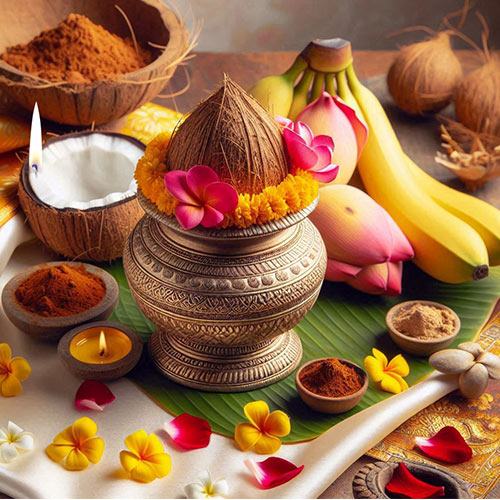

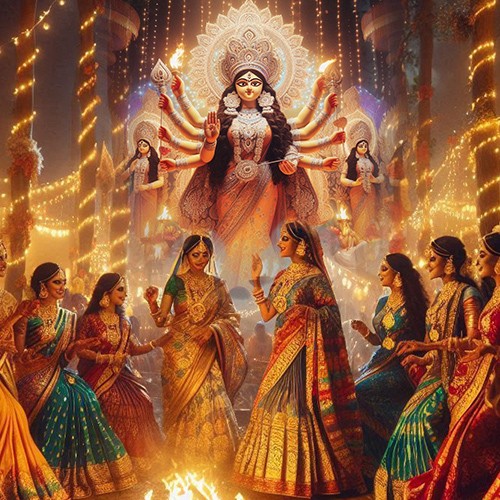
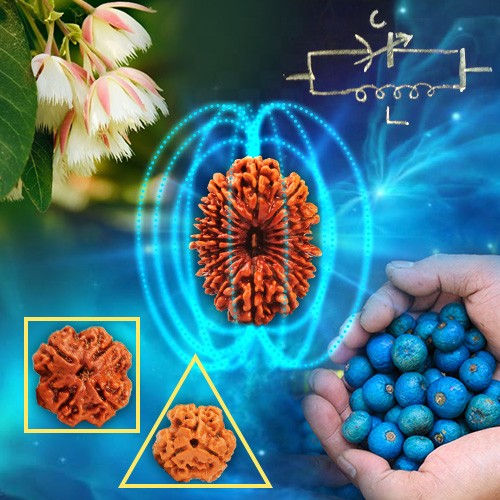

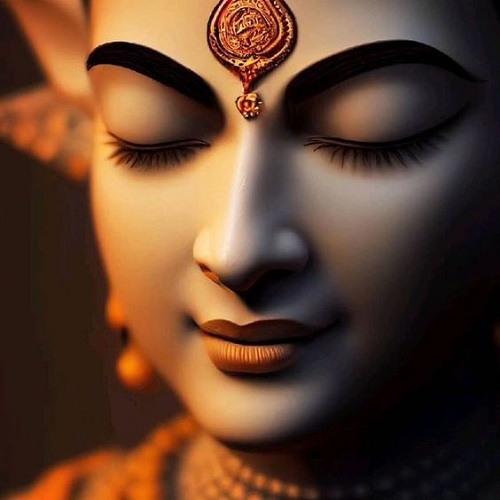
.jpg)
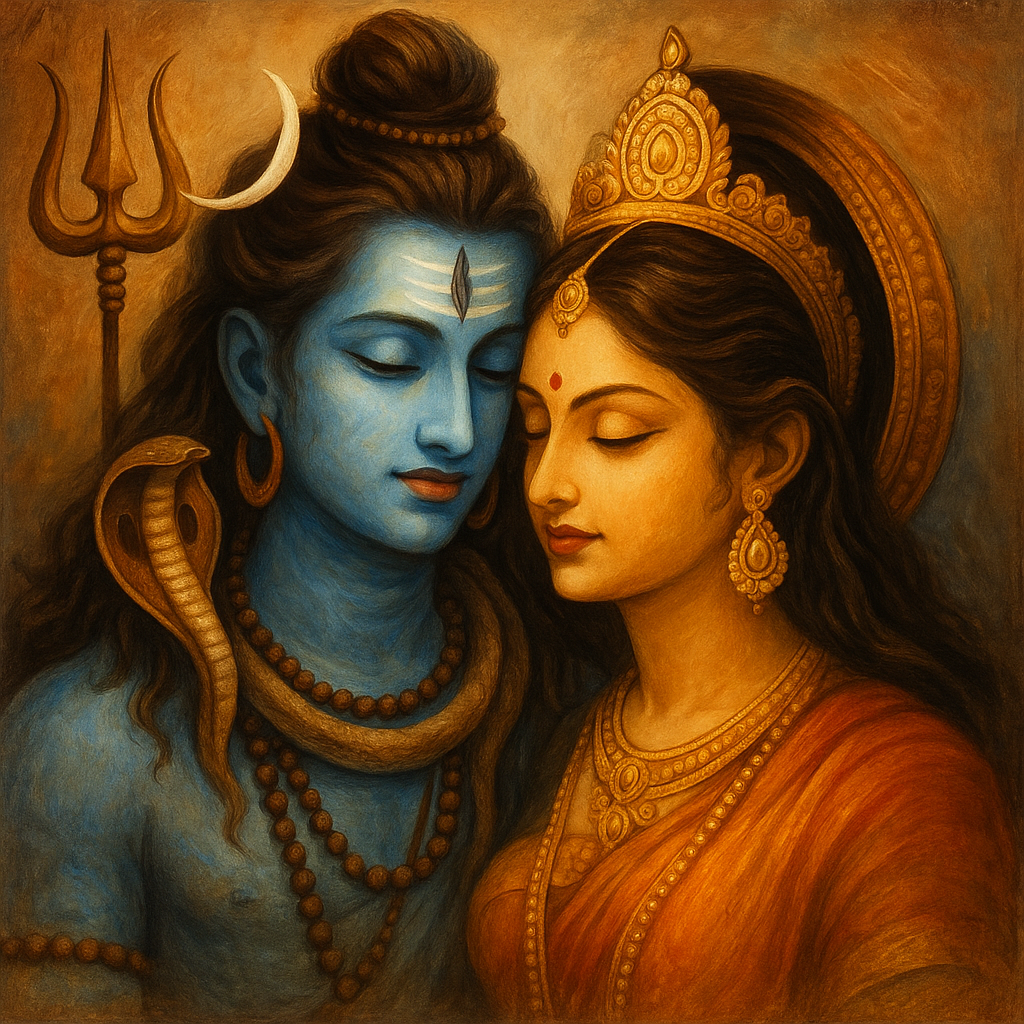
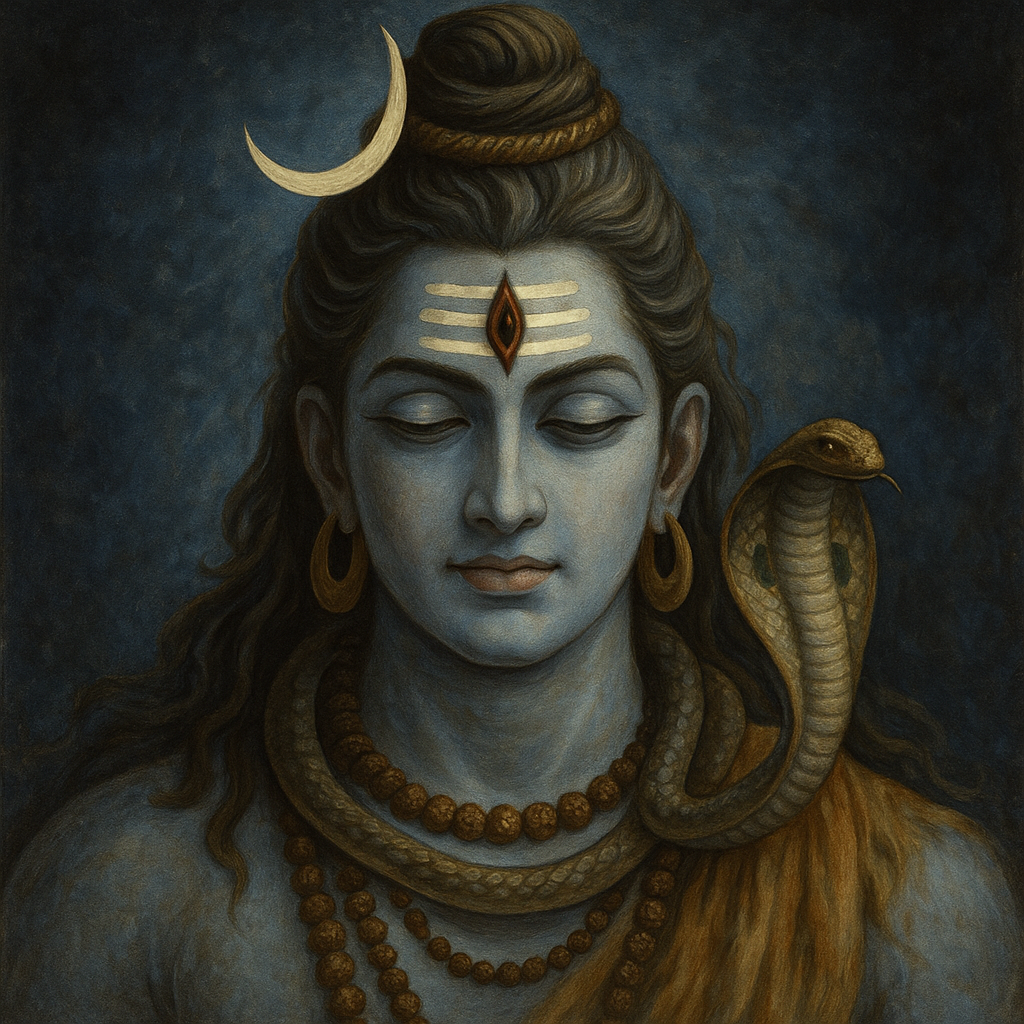
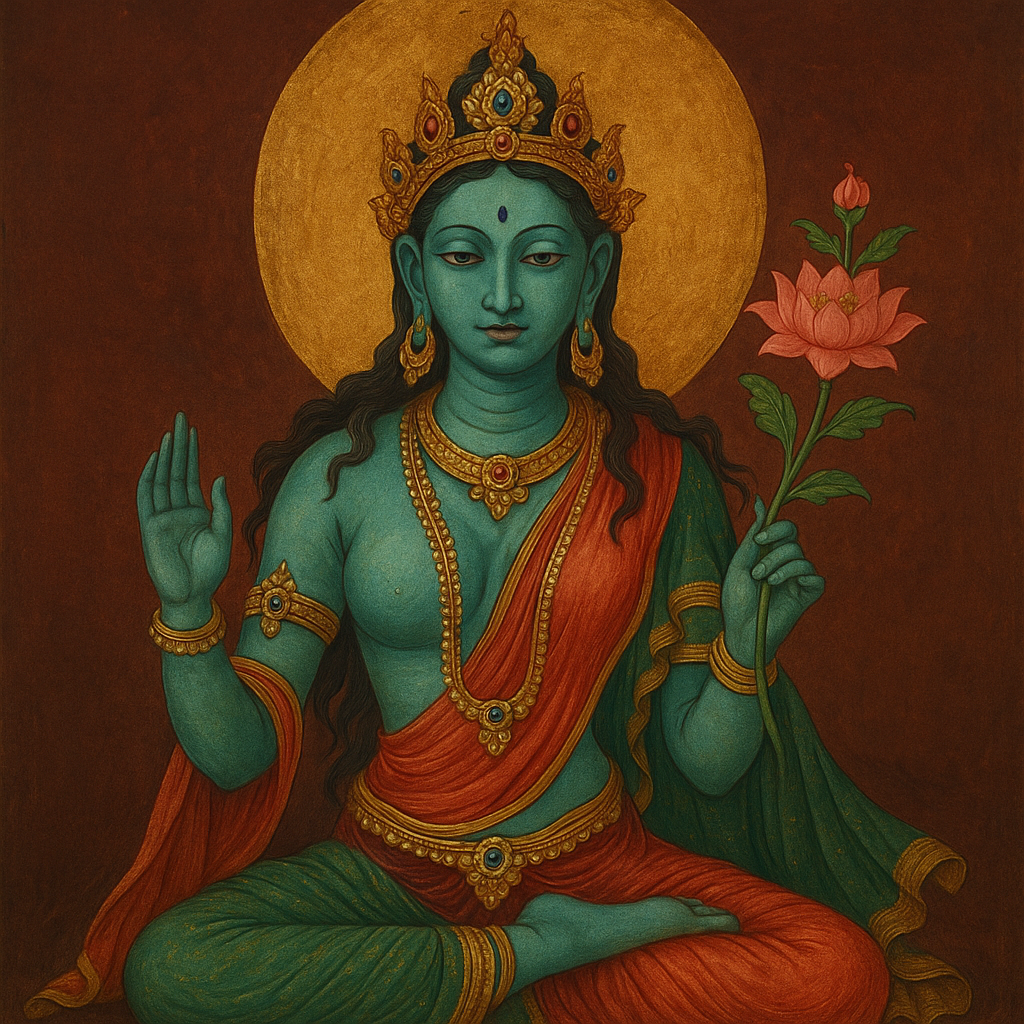
Kushagra
|February 18, 2024
I have a question. It is highly believed that lord Shiva resides in kailash temple from ages as he wasn't born, he's swambhu but Himalayan range is a young fold mountain range which is just formed 50-60 million yrs ago according to plate tectonics theory. I feel above two statements contradictory. Needs an answer